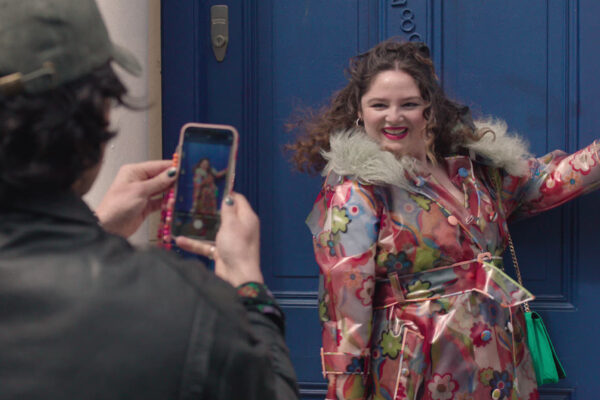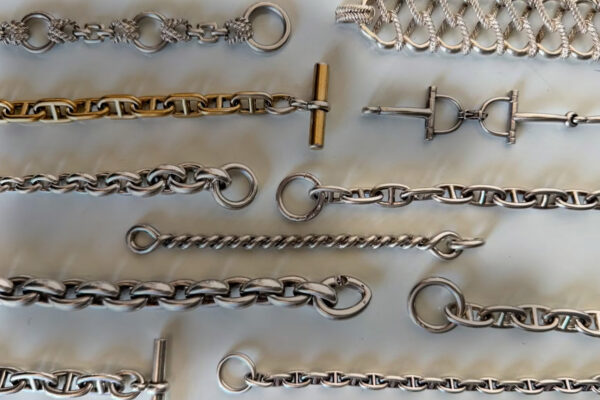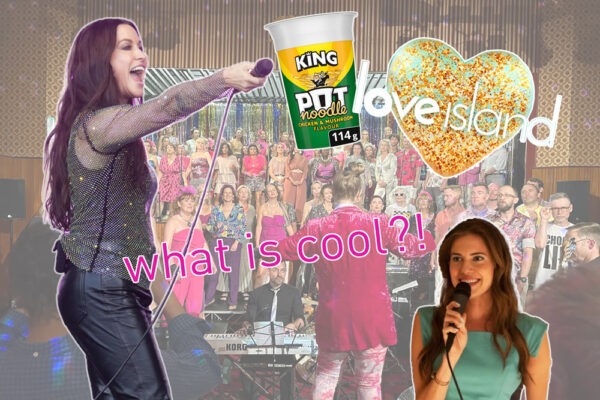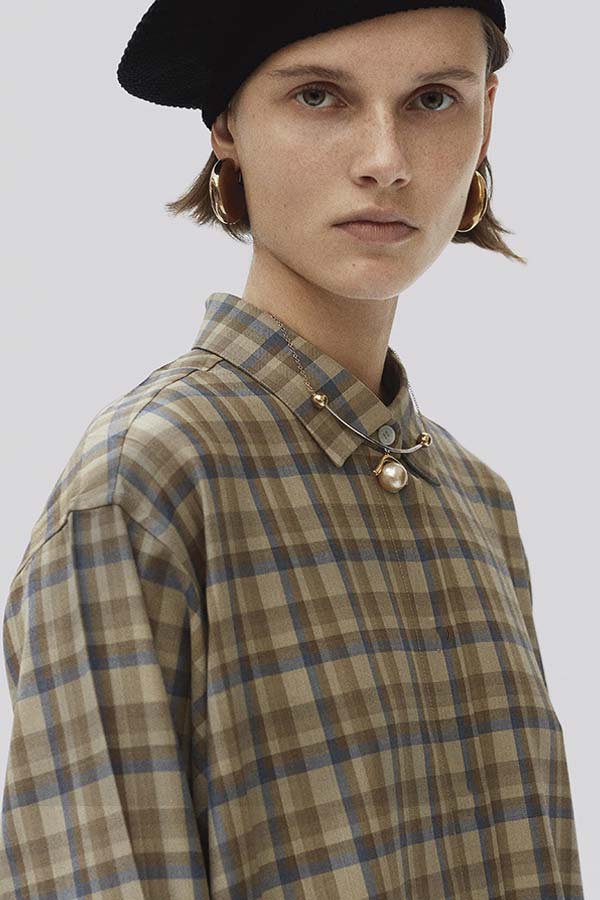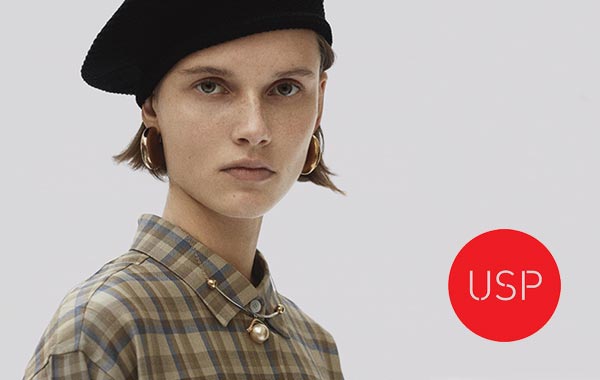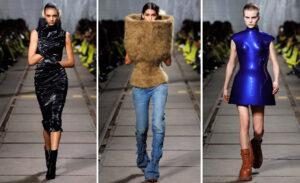
So fashion month is over and almost all our runway analysis reports are live. Lots of low key looks, an emphasis on tailoring and romance, oh and Boho is back. Nothing felt truly ground breaking, but perhaps that’s what we need right now. Slow and steady wins the race, or not, in the case of Gucci who’s sales are expected to fall 10% overall, the steepest decline since 1992, wiping more than €7.2 billion euros ($7.9 billion) from parent company Kering’s market value. Kering think this is to do with the state of consumer spending and China’s economy.
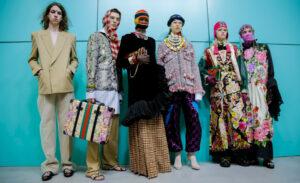
Sabato De Sarno, Gucci’s new designer unveiled his first collection in September in Milan, which showed a more elegant and minimalistic aesthetic compared with the eclectic, maximalist looks of Alessandro Michele. Pieces from the new collection only started to arrive in some stores last month and one wonders how they will be received. WWD reported Bizzarri and François-Henri Pinault, chairman and CEO of Kering, had urged Michele to initiate a strong design shift, a change of pace and a further elevation of the brand toward a true luxury positioning, and this was thought to be the reason for his exit.
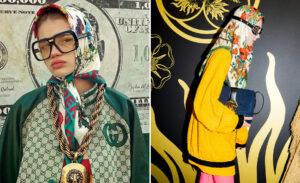
Alessandro pushed boundaries creating bold, confident narratives that were initially hugely different from other luxury fashion labels. Innovative, disruptive and sometimes controversial, his story telling eventually began to define the zeitgeist. His inclusive, gender fluid, ageless and non-stereotypical shows featured models and influencers of all age groups. The accompanying campaigns such as #ofcourseahorse and #GucciModelChallenge, tapped into the desire for entertainment at every touch point and even managed to capture the elusive Gen Z consumer. But, all good things must come to an end and eventually the narrative has to change, especially when the whole world catches on, maximalist style starts to look a little tired and the idea of buying an idea doesn’t work anymore.
“Fashion is not about products. Fashion is about an amazing idea that you tried and you either fall in love with the idea and you can’t resist to buy something. But you are buying the idea, you are not buying the object.”
Alessandro Michele
Telling a story, creating a narrative, engaging consumers in unexpected ways, adding an element of surprise, blah blah blah. How many times have we told brands and retailers how vital it is to tell a story – and trust me, we believe it. But as in the way of all things, has it gone to far and have we reached peak narrative? Has story telling become more important than the product and are consumers looking for genuine engagement and authentic product rather than quirky marketing campaigns?
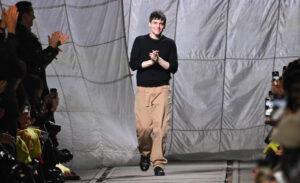
One of the big talking points at PFW was the debut collection of Sean McGirr for Alexander McQueen. Full disclosure, I gave Sean his first job as a junior trend forecaster at Stylus when I was VP of colour & fashion. He was inquisitive and hard working and a joy to have in the team, but his heart was in design, so I was delighted for him when he decided to leave and do an MA in menswear at CSM. He went on to do great things at Uniqlo and JW Anderson and the rest is history. Jo (USP fashion director who also worked with Sean) and I were heavily invested in his debut collection for Alexander McQueen and were devastated to read the often cruel reviews of the show. I won’t share them – as what’s the point – most of them felt un-constructive and deliberatively negative, almost like they wanted not to like it, as he wasn’t Sarah Burton.
A lot of the criticism was around the lack of, or confused narrative behind the collection. David Hammons’s tarp paintings, John Chamberlain’s car sculptures, and pictures of Sean’s own iPhone, its screen cracked into a million tiny pieces, as well as photos of young Londoners then and now — Kate Moss in her Pete Doherty era, Amy Winehouse wearing her highest beehive and bustier dress, and Bebe Parnell, an Oxford student who walked in the show.
“I started by looking at the Birds collection,” Sean told Vogue Business, “What I like about it is that it’s all very simple, but it’s slightly twisted. It’s a jacket with a more stacked shoulder, or the lapel goes up a little too high. It’s the idea of making beautiful tailoring and then running a tyre over it to make something new. Taking something and twisting it and crushing it and seeing what happens.”
Sean’s job is of course to bring newness to Alexander McQueen. When the posting was announced, Gianfilippo Testa, the label’s CEO, said: “He will bring a powerful creative language to [the brand]. To do so, he’ll inject his millennial point of view. For me, it has to have a youthful energy. I think it should be about London, this mix of youth culture that I see all the time here. I want that to be represented. It has to provoke a reaction; that’s the DNA of the brand. McQueen is also about aggression, but playful aggression.”
So the narrative had already been decided by the CEO before Sean had even started. And every designer in the history of designers knows that when the CEO is driving the aesthetic, there can be huge disconnect between what they want (product that makes lots of money) and the designer’s vision (beautiful clothes). The result can be confusing and frustrating. There are lots of reasons why Sean was employed and money is almost certainly one of them. Appealing to a younger, Millennial customer is the luxury fashion holy grail – although God knows why as the majority have no money – and the big wigs at McQueen will almost certainly be looking at the cult following of brands such as JW Anderson and Loewe and wanting a piece of that action.
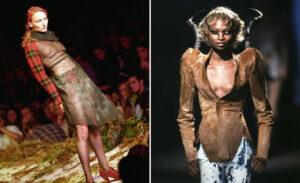
No narrative or confused narrative, Sean couldn’t win as no-one was ever going to be Alexander McQueen or Sarah Burton. Also let’s not forget McQueen’s concepts back in the day were 100% pure and unadulterated and wouldn’t work today:
Highland Rape – about the Highland Clearances and England’s violation of Scotland not the brutalisation of women – but portrayed by journalists as misogynist, with global headlines proclaiming the show as a glorification of rape
Its a Jungle out There – inspired by a nature documentary on the brutality of the African savannah and gazelles being hunted by lions
Joan – inspired by the murders of Catholic martyr Joan of Arc and of the Romanov family
– try selling those ideas to the CEO of a huge luxury brand as a way to engage millennials in 2024!
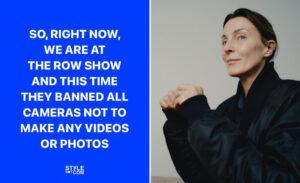
Which leads nicely onto that interview with the high priestess of Quiet Luxury, Phoebe Philo, in the New York Times. Her first for 10 years, Phoebe declared……
“I don’t feel that there’s a huge amount of storytelling that needs to be done.”
Famously private Phoebe has never been on X, Instagram, Facebook or TikTok and her brand’s Instagram has over 400K followers and follows precisely no-one. The feature talks of her reluctance to engage in the usual dance of publicity as seeming deliberately obstructive, and tbh she does come across a tad arrogant, but maybe that is because she is the antithesis of everything we have all come to expect from a designer. Do they have to have all the opinions, be a celebrity in their own right, share images of their fabulous homes and create a narrative around their collections, or should it just be about their work and the clothes they create. Like Phoebe says.
“You either like it or you don’t. Someone telling me a story isn’t going to make me like it more. It is a coat. It’s a pair of trousers. I do appreciate a level of straightforwardness.”
Call me old fashioned Phoebe, but bags at $5,000 and coats for $25,000, I’d quite like a little bit of an explanation as to why, or perhaps a story around the provenance. But maybe I have been drinking my own Kool-aid and need to re-think what I expect from brands. Are collections built around a narrative and fun marketing campaigns just a joyful way to engage consumers or has story telling gone too far?
Or is no hype the new hype?
You decide…..

